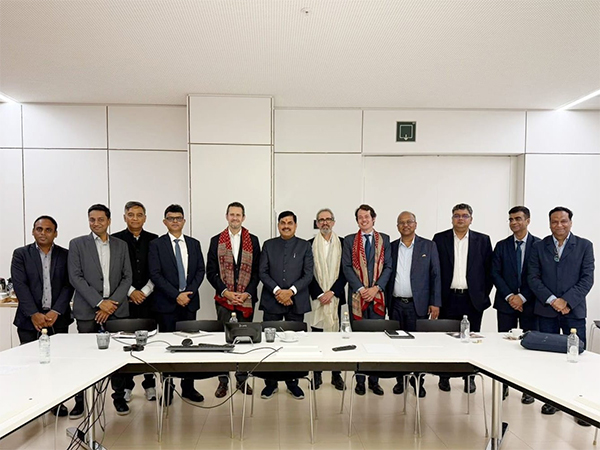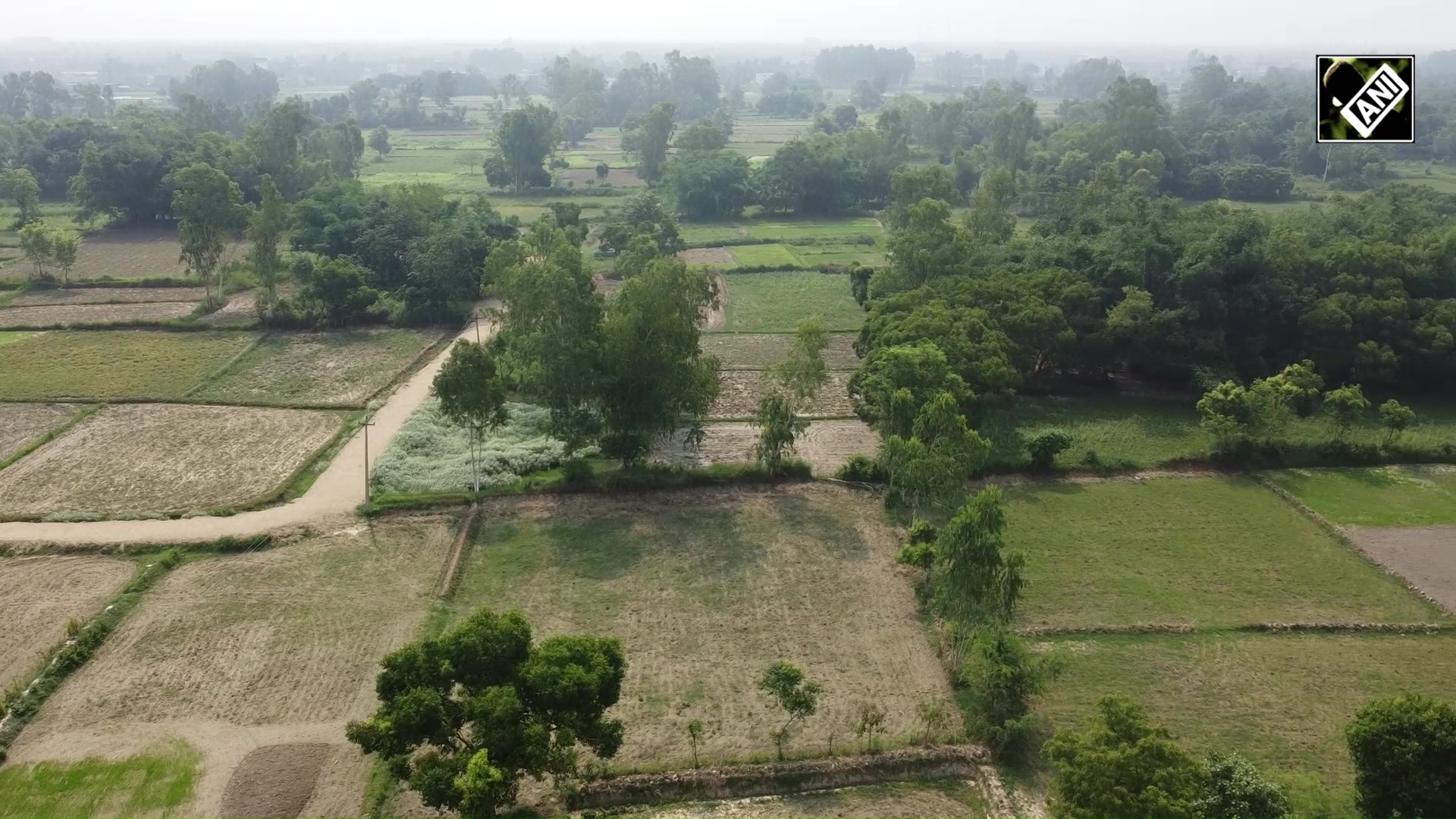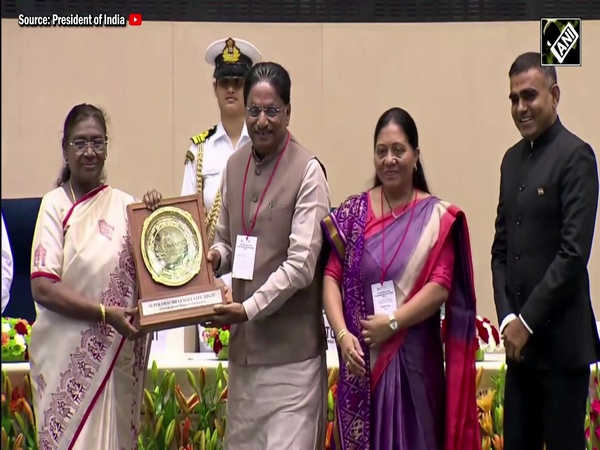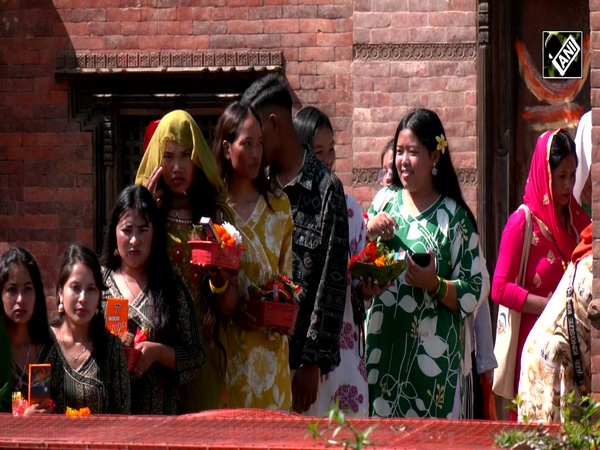Nehru, Tibet and China by Avtar Singh Bhasin: A Review by Ambassador A R Ghanashyam
Jul 31, 2021

New Delhi [India], July 31 : China and India have been neighbours for millennia and have no option but to continue to coexist forever. Separated by tall, mighty and perennially snow-clad Himalayas, each country has been a civilizational colossus for centuries nurtured and nourished by a group of great rivers that originate in the melting snows of the vast Tibetan Plateau.
Almost throughout the two thousand years of the Christian era, the mainly
agrarian economies of India and China comprised half the global population and
accounted for 50 to 60 per cent of the global economy. In all these centuries they never fought a war with each other. By the end of the last millennium, India had been colonized for two centuries by the British. China was subjugated by western colonizers and Japan for well over a century. Consequently, in 1950, about a decade after the Second World War, the two giants had shrunk to less than 8 per cent of the global economy. In 2020 they had recovered to reach 28 per cent of the global economy of which a lion's share is of China.
Whatever went wrong after they became independent modern states that the two fought a bloody war in 1962 and today are at loggerheads with each other with their troops amassed at several pressure points along the nebulous 3,800 km boundary. This is the question that the author addresses in his book
After the Communist Party of China formed the People's Republic on October 1, 1949, its very first act of territorial hegemony was the takeover in May 1951 of Tibet- a vast territory of 1.2 million sq km inhabited by a culturally dissimilar population. Tibetan leaders tried persuading then Indian leadership and the United States, the book reveals, to intervene with the supreme leader Mao Ze Dong of China to retain its independence but in vain. China erroneously perceived that India was behind the attempts of Tibet to remain independent and bitterly alleged to that effect not only to India but also to other world leaders. Relations between India and China began to sour right then. Once China occupied Tibet, India lost all its influence in Lhasa. The fleeing from Tibet of the 23-year-old Dalai Lama and his taking asylum in India in April 1959 made things only worse for the two countries and that is another permanent grudge China has held against India.
Before departing India in 1947, the British divided the subcontinent into two
countries in three pieces. A border was hurriedly drawn separating India from Pakistan to the west and to the east - the Radcliff lines. In addition, the British also bequeathed the 1913 Henry Macmohan line to us that drew the boundary between then NEFA (North Eastern Frontier Agency) now Arunachal Pradesh and Tibet. Several meetings were held in Shimla in1914 to formalise the alignment of Henry McMohan line among the British Indian Government and the official representatives of China and Tibet.
While the final agreement was signed by British India and Tibet, China has not agreed to it till date and continues to stake a claim to the entire Indian province of Arunachal Pradesh. Nepal, Bhutan and Sikkim then an independent kingdom were sandwiched between India and China and the rest of the border remained unmarked and therefore "undefined" when the British left.
After annexing Tibet, the Chinese built a road to link Tibet with the eastern
province of Xinjiang. That road passes through Ladakh in India. The work on the road began in 1951 and was completed in 1956. India not only failed to notice the intrusion by the Chinese in Ladakh in time but also never took up the intrusion seriously with China when it was noticed. Surreptitious occupation of Indian territory by China thus became a fait accompli. Further, in July 1954, Pt Nehru ordered the Survey of India to draw the entire India China boundary line afresh over-riding what was mentioned hitherto as "undefined". The newly prepared maps were distributed to schools, colleges, government offices, the general public, and the Indian diplomatic missions abroad. This decision of Nehru will continue to haunt us because no international boundary is unilaterally drawn and we have given the Chinese a permanent stick to beat us with.
Pt Nehru was never enthusiastic about finalizing the boundary with China.
Premier Zhou Enlai accompanied by Foreign Minister Chen Yi, twenty nine officials and seven journalists visited India in April 1960 for boundary negotiations with Pt Nehru. Against all decent norms of protocol during that visit, Premier Zhou Enlai was made to call on Home Minister Govind Vallabh Pant and Finance Minister Morarji Desai. Nothing came of the week-long negotiations. But the Chinese who may have come prepared and ready to trade Aksai Chin with Arunachal Pradesh made no headway. Pt Nehru was adamant and would not budge. Even in his wildest imagination, he may not have believed China would ever attack India on the issue of the boundary. Realizing that no progress is possible, China may have begun preparing for War after this failed negotiation.
The well-planned Chinese attack was mounted in the east at NEFA and in the
west at Ladakh on October 20, 1962. In three days, the Chinese overran NEFA and moved well ahead in Aksai Chin. After four days, Zhou Enlai held his troops back and sought another one-to-one discussion with Pt Nehru on the boundary. Within three days, on October 27, Pt Nehru sent his response rejecting Zhou's proposal. Within hours of the receipt of Nehru's note, the People's Liberation Army began its march again and overpowered Indian armed forces and reached the 1959 claim line in both eastern and western theatres. On November 20 midnight China unilaterally declared a ceasefire and withdrew 20 km north of the line of actual control as on November 7, 1959. They cleverly chose the time when USA and then USSR were embroiled in the Cuban Missile Crisis. The rest is history.
The book 'Nehru, Tibet and China' by AS Bhasin is different from other books of its genre in three ways. Firstly, while most books on India-China relations give pride of place to the 1962 war, Bhasin begins with Tibet and covers boundary issues before the war. Forcible occupation of Tibet by China and fleeing of the the14th Dalai Lama from Tibet to seek asylum in India is the beginning of souring of India's relations with China, he rightly contends. Secondly, Bhasin has woven the story using documents and archives which makes the narrative authentic and credible. The third is that the author does not shy away from his own assessment, at times brutally frank, of the events and individuals in the saga he recounts.
The book is credible and authentic and the narrative is passionate. A powerful
addition to books of its kind, it will educate the reader and add value to a library.
(Disclaimer: The author of this article is former Indian Ambassador A R Ghanashyam)
















